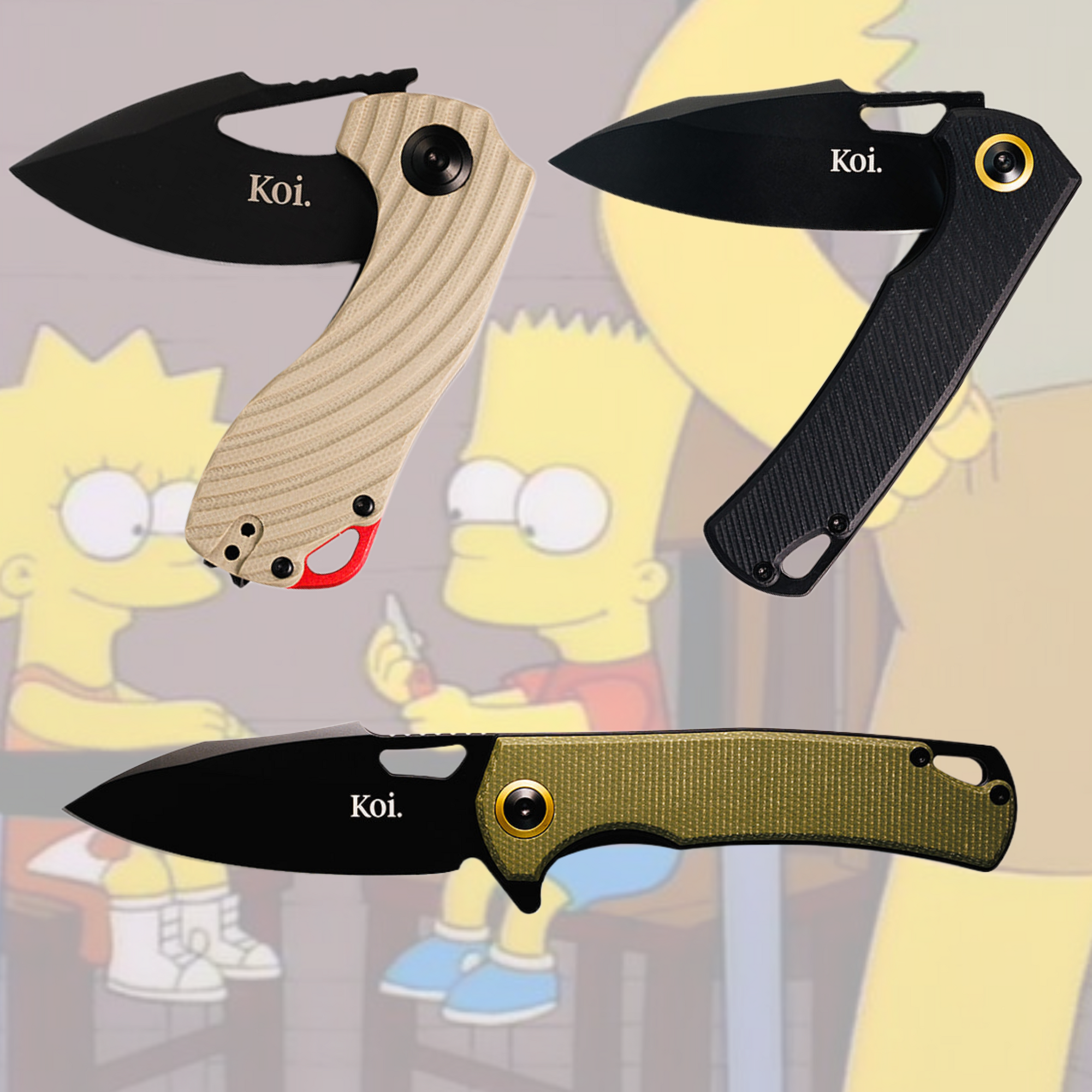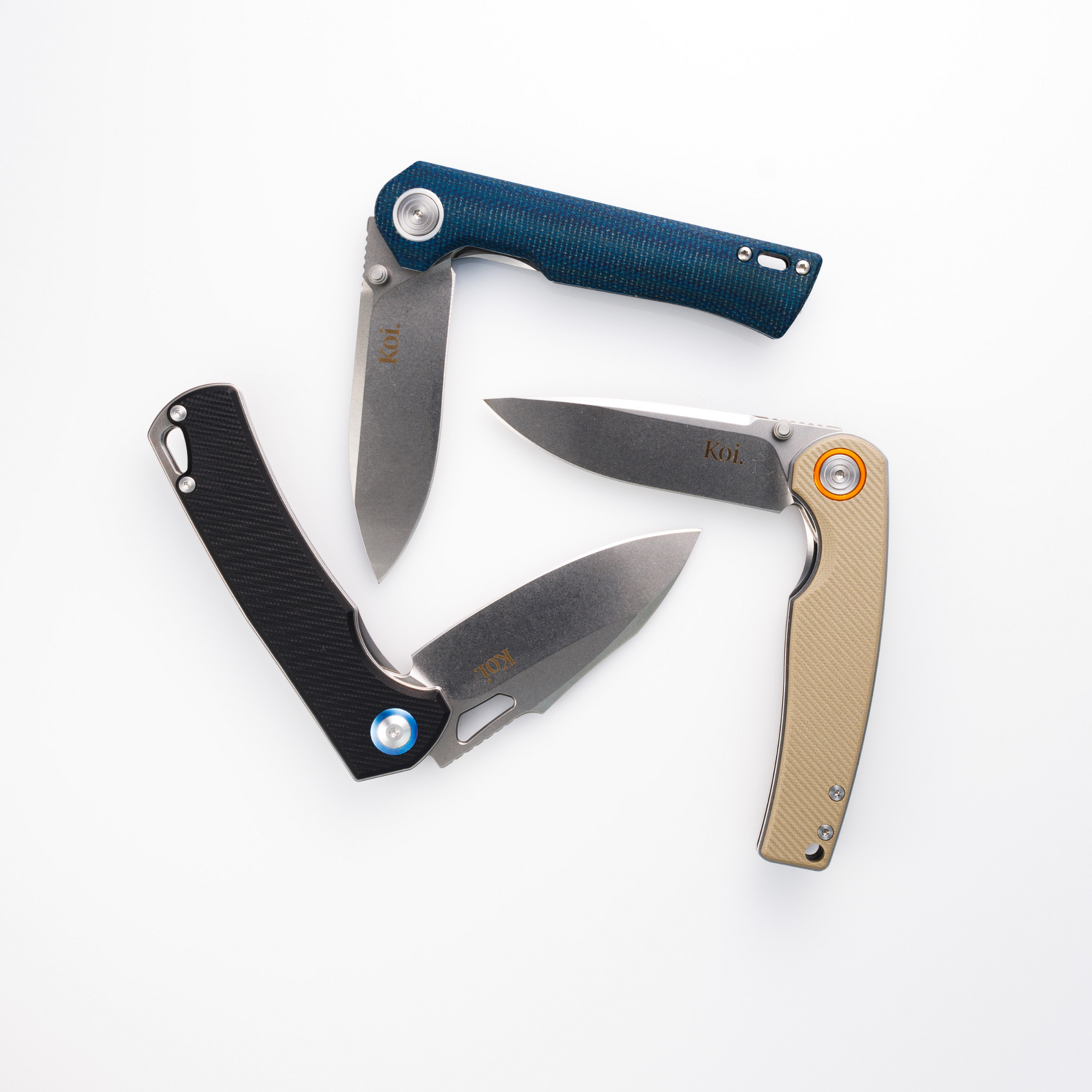Beyond technology and innovation, Japan is also widely known for its delicious cuisine. SBS.com.au introduces Japanese cuisine as ‘refined and elegant’, as Japanese people pay close attention to every aspect of cooking — from the way ingredients are naturally harvested to the techniques used for preparation and presentation.
You don't have to line up at a restaurant to experience the blend of tradition and modernity in Japanese cuisine. Instead, you can bring Japanese cooking into your kitchen by looking into the key ingredients and kitchenware used in several Japanese dishes. Here’s a closer look at some of them.
1. Use Japanese ingredients
Many Japanese dishes like sushi and ramen are readily available here in Australia. But if you want to make the dishes yourself, you’d have to use the same ingredients and seasonings that give Japanese cuisine its unique texture and flavour.
One ingredient is panko, which is quite different from standard breadcrumbs. Panko is made from finely ground white bread without crusts, making it lighter, crunchier, and flakier than your typical breadcrumb. Famous Japanese food brand Kikkoman manufactures panko, which means you can easily find it in most Asian ingredients aisles in grocery stores.
Among its infinite uses, panko can be used to coat boneless pork loin chops to make tonkatsu with curry sauce, as seen in this recipe from GourmetTraveller.com.au. It can also be used for other Japanese deep-fried dishes like crispy tempura and potato croquettes.

2. Try a high quality rice cooker
Rice is at the heart of Japanese food, as its light taste goes well with various ingredients and flavours. This makes the rice cooker a must-have kitchen appliance for Japanese cuisine.
From the selection of best rice cookers reviewed on WeKnowRice.com, the Cuckoo CRP-ST1009F Twin Pressure rice cooker stands out for its durability and high-end features. On top of its inner pot coating that ensures optimal heat distribution, you can also choose between 16 cooking settings.
This means you can perfectly cook white rice to complete your donburi (rice bowl dishes), or make sticky rice for desserts like ohagi (sweet rice balls) and daifuku mochi (glutinous rice cake). While the number of buttons and controls can be confusing for beginners, the CRP-ST1009F has voice navigation that can deliver cooking instructions in English, Chinese, and Korean.

3. Buy a cast-iron teapot
Served alongside rice, soup, and side dishes, tea is also a significant part of the Japanese diet. Aside from recognising its health benefits and nutritional content, Japanese people also value the art and tradition that goes into preparing and drinking tea, especially when entertaining guests. Whether you opt for the slightly bitter matcha or the roasted aroma of hojicha, you can get the best quality and freshness when you make it in a cast-iron teapot.
The brand Iwachu carries a variety of teapots that are finely crafted by traditional artisans and metalworkers. The Marutama Cast Iron Teapot, in particular, conducts and retains heat well with its subtle ring pattern and stainless steel handle. It also comes with a strainer to make it easier to brew tea, even if it’s your first time.

4. Invest in a Japanese knife
The knife is more than just a simple kitchen tool. Japanese chefs utilise knives for technique and precision. A previous article on KoiKnives.com discussing ’Everything You Need to Know About Japanese Knives’ can help first-time buyers choose which type of knife suits them in terms of structure and purpose.
Gyutou's long blade and sharp tip, for example, makes it versatile for chopping vegetables and slicing meat. Meanwhile, Kiritsuke’s more angled tip is the perfect choice if you’re meticulous with how you want your sashimi (thinly sliced fish or meat).
Koi Knives carries a line of Japanese knives with guaranteed production quality and consistency. All knives are made with 67-layer Damascus steel for superior strength and durability, while the handles are crafted from Australian hardwood and coloured resin to balance artistry with usability. To learn more about the Spring Hammer and Seki knife collections, you can check out the rest of Koi Knives’ website.

Written by Christine Lois for koiknives.com




